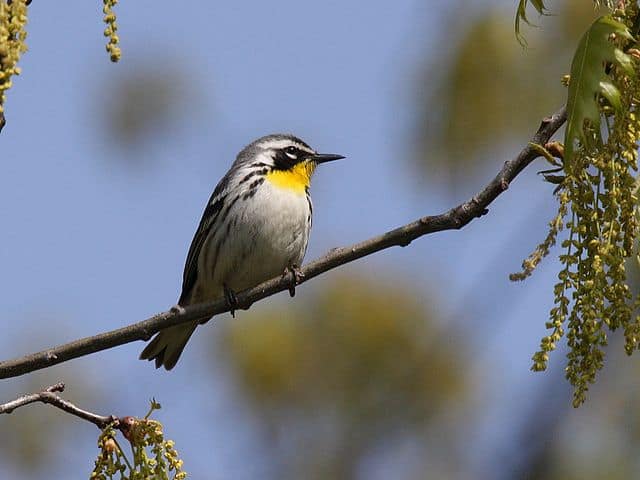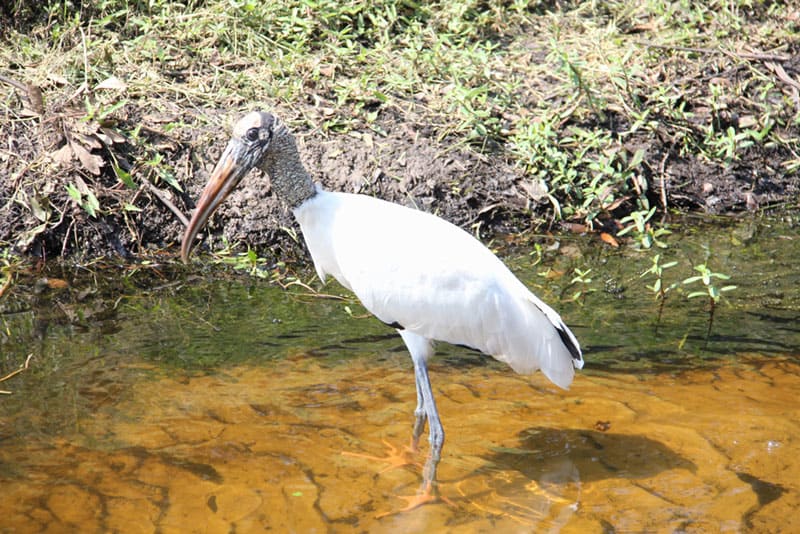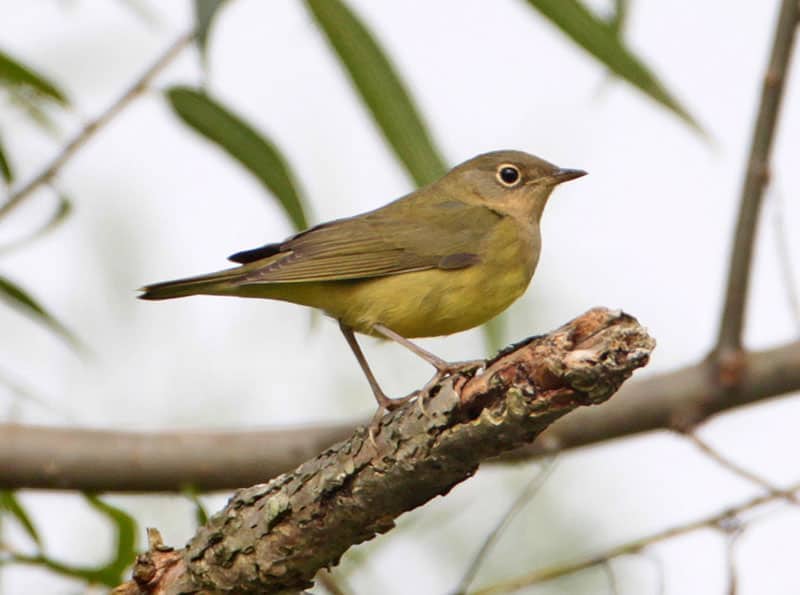Look For
The yellow-throated warbler is a long-billed, 5 ½-inch-long warbler with a solid gray back; white eyeline, cheek patch, and wing bars; black sideburns and streaks on the flanks; and a brilliant yellow throat that contrasts with a white belly. Males and females are similar, and plumage doesn’t change from spring to fall.
Listen For
The song is a series of sweet tones that fall down the scale until the last note rises sharply at the end.
Remember
Yellow-throated warblers generally stay high in the trees, creeping along branches and picking off small insects, spiders, and other prey with their long, sharp bills. From a distance, they might be confused with black-and-white warblers, which exhibit a similar feeding pattern. At times, however, members of this species come quite close to human habitations, and they have been known to eat bread crumbs or suet at feeders and to pick insects from deck railings, foundation plantings, or building facades.
Find It
The yellow-throated warbler is found mostly east of the Mississippi River and as far north as southern Illinois and Virginia, breeding in most of that area and wintering along the Southeast coast and throughout Florida. Its range seems to be slowly expanding, however, and there are many records beyond this general range.
Wow!
Yellow-throateds are among the earliest of the spring warbler migrants to arrive on breeding territories, often singing lustily by the end of March. In the Southeast, they prefer wet forests of cypress or live oak and build nests in clusters of Spanish moss. Inland, they usually choose a tall pine and build an open cup nest near the top of the tree. West of the Appalachians, sycamore trees are favored, giving rise to the name “sycamore warbler.” When breeding is over, yellow-throateds sometimes venture down lower and even visit open porches and backyards.




